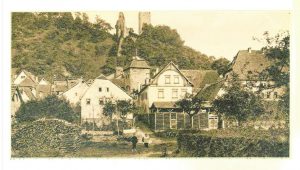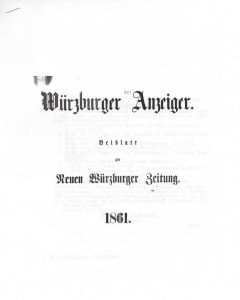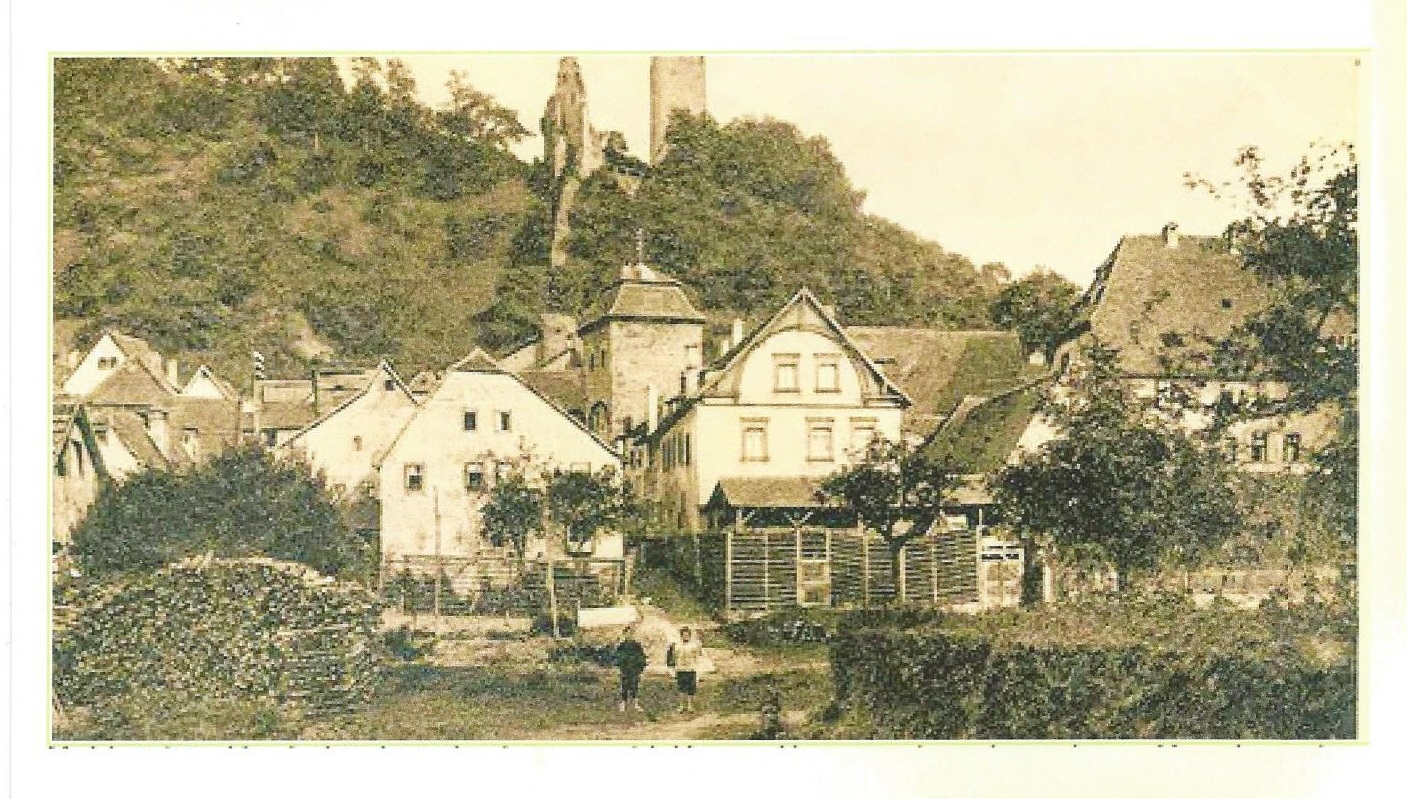My father enlisted as a young man, and like a lot of WWII veterans, he didn’t speak much about his experiences. He was assigned first to the USS Keller, and later was transferred to the USS Moore, a destroyer escort with duties in the Pacific. I often marveled at the fact that he served as a radio operator – a capacity in which I spent decades talking into a civilian radio microphone.
One of the few stories he told me was how he witnessed Japanese kamikazes in their attack on the carrier his group was escorting, and how they flew so low over his perch in the Moore’s conning tower that he could see the pilots in their cockpits. The carrier was lost – which he didn’t mention – but the Moore was able to rescue a number of sailors who survived the attack. (Another experience he never mentioned.) When he told me the story, I asked him if he had been nervous and he admitted he was.
The same informational advantage I have in learning about his experiences has also allowed me to learn some things that my father might not have known. Or, it could be that he didn’t live long enough to share those things with me, and certainly never had the opportunity to repeat anecdotes like I do with my son. (He lets me know when it’s a re-run…)
The combination of Veterans Day and a weekend visit from my cousins has me thinking about my Dad’s family.

My father’s grandmother, Mamie Gillen, was born to an Irish couple and I suppose the story of their journey from Ireland to America has been lost to history. Probably managed to secure ship’s passage to escape hard times. On the other hand, I have a copy of a letter in which my dad’s grandfather, Michael, notes that he was born in the Kingdom of Bavaria (before there was a united Germany). Somehow, the lives of those two immigrants intersected in Kansas City.
I like to tell people they had a great relationship, because they spoke different languages. (Excepting the language of Love, I suppose.)
Michael and a brother were sent to the US on the eve of political troubles, according to family folklore.

The same information access that allowed me to learn about my father’s naval career also gave me a glimpse into the Old Country background of his family. I have done contract research for years to help pay the bills, and I somehow maneuvered onto a German language website.
The ‘translate function’ gave me a rough idea of what information the website held, which I have paraphrased:
In 1908, the painter Fritz Gratz completed a chalk drawing of the idyllic mill race in Gemünden, which the Hoefling family has placed on permanent loan with the Historical Society. The mill race provided the drive for two flour mills and the Hoefling tannery, where cattle hides were tanned into leather, a process that took several months. [Visible in the picture] above the barn was the residence of the Höfling family, along with the house of baker Ludwig Ditterich, and the hipped roof of the “privatiere” Gretchen Holzemer. Merchant and wine host Josef Rau’s home is also depicted. Tanner Konrad Höfling was listed in the commercial and business directory, 100 years after the family operation was listed in an 1823 directory.
Karl Konrad Höfling was mayor of Gemünden (on the river Main, east of Frankfort) from 1871 to 1876, and the tannery and shoemaking factories were turned over to son Ludwig at his father’s death. In 1914, the operations were taken up by Charles and Max Höfling, the sons of Ludwig and his wife Catherine. At the time, six sons of Ludwig worked at the family operation, while another brother ran a butcher shop in Rieneck.
The property consisted of the “dwelling house with barn,” workshop, boiler house, and a drying room, which was later enlarged during a time of increased production.
In a postwar letter to Michael Höfling (who Americanized the spelling to Hoefling), his nephew related the hard times the factories had fallen upon, with materials shortages that eventually ended more than a century of a family trade.
The painting by Fritz Gratz indicates the operations were ongoing in 1908, and the photograph was taken in 1930.

Konrad Höfling is mentioned in several areas of a German-language book published in 1861, but my lack of language skills keeps me in the dark as to what the passages are about.
As to leather-tanning and shoemaking, my contribution to the family trade has been solely confined to soles – and wearing out my non-skid black-leather-uppers.
